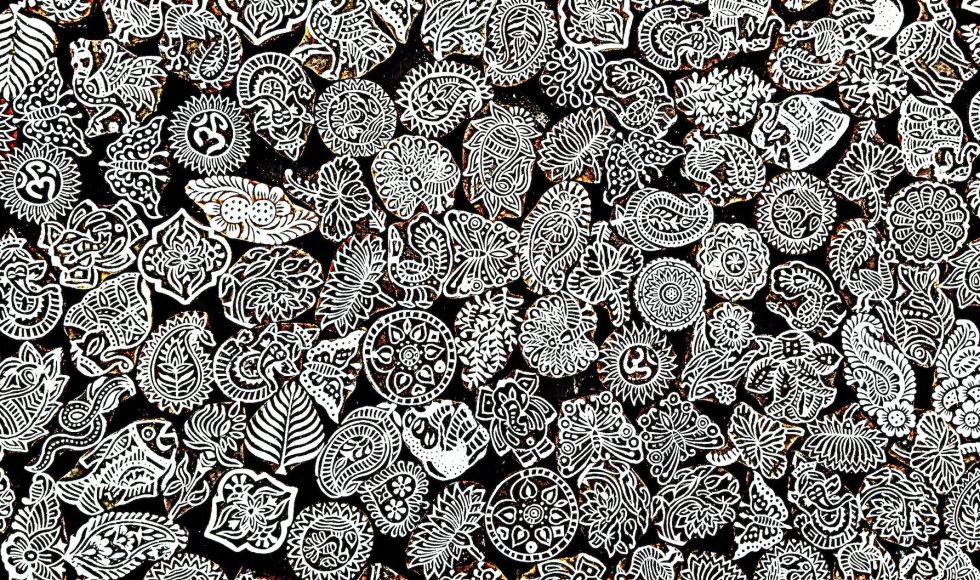Harika Urel, a Ph.D. student in Lara Urban’s lab at the Helmholtz Al Institute and Technical University of Munich in Germany, presented at London Calling 2023 on “Squiggle analysis for metagenomic viability inference.” I watched this session a couple of months ago and wanted to return to it in preparation for summer research and the course I am teaching. Urel noted that a disadvantage of metagenomics is that it cannot currently distinguish living from dead DNA. Urel generated data by culturing E. coli for 42 days and then inducing cell death by not providing nutrients after day 3. They then generated squiggles from these DNA fragments. They observed an increase in DNA in the supernatant compared to the sediment cells, suggesting lysis and death of cells. Urel created a model with a recall as high as 0.77. The model detects viable DNA very well. However, the specificity is not optimized. Urel notes that this may be due to lysis and death of cells at different time points, providing a mixture for analysis and thus complicating differentiation of viable/non-viable DNA.



